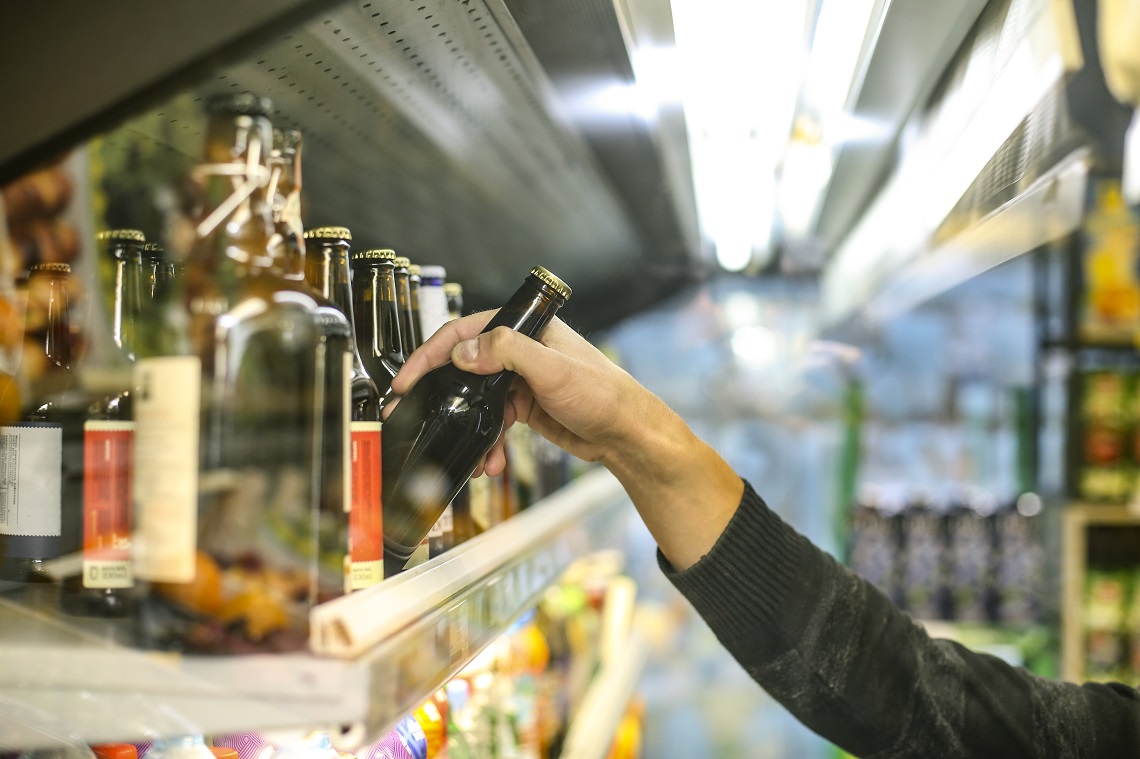Rabobank’s Q3 Beer Quarterly Report suggests that cost pressures and inflation will take their toll on beer producers, as RTDs and Seltzers present both opportunity and difficulty.
This report has been compiled by Raboresearch Senior Analysts of Beverages Sudip Sinha, Francois Sonneville and Jim Watson.
Rabobank’s previous editions of this quarterly report suggested that inflation was likely to have a negative impact on brewers, and the organisation believes that this has been borne out in the research.
“Brewers around the world have been battling cost pressures to vary degrees, but we believe the full impact of underlying cost increases are still being mitigated by hedges and long-term contracts with suppliers,” the report reads.
“In fact… we see other factors that could create additional downside risk for brewers: the threat of a pipeline shutdown in Europe, competition from other alcoholic beverages, central bank rate increases, rail strikes, possible COVID lockdowns, etc.”
US beer sheds share
Given that Australian markets have a tendency to follow those in America, Raboresearch’s assessment of the US beer industry is likely to be of particular interest to Australian brewers.
“Beer volumes in the US have been flat for over 20 years, even as the size of the drinking-age beer popular has increased and the ‘fourth category’ segment (counted within beer volumes and representing hard seltzer and other non-traditional alcohol drinks) has grown to 10 per cent of the market,” the analysts state.
Overall, the US beer industry is still in good health, Raboresearch say, but that this does not mean that the decline in beer volume is any less of a long-term problem worldwide.
“Globally, we see that the markets with the highest per capita beer consumption relative to wine and spirits struggle for volume growth, while ‘non-beer’ markets grow” Raboresearch says.
“We think US beer (excluding fourth category) will continue to shed volume as part of a generational share loss to wine and spirits.
“We can list myriad reasons for the share loss, such as greater innovation out of wine and spirits, or spirits beginning to advertise on television. But at its core, we see the decline of beer volumes (certainly on a per capita basis) as structural because of the reversion-to-mean drinking trends across the different alcohol segments, which itself is a partially driven in the US by the shifting demographics of the American drinker,” Raboresearch continues.
RTD and Seltzer categories offer both a hope and a threat
“We believe the fourth category is here to stay. Given that it already has a 10 per cent share of the beer market, that is not too shocking,” the organisation says.
As Raboresearch sees it, this category has certain inherent appeal that cannot be offered by beer.
“We see evidence that younger consumers have a greater preference for fourth category drinks and have long argued that drinks like hard seltzer have a baked-in advantage in not being an ‘acquired taste’ the same way that beer can be.
“In fact, Boston Beer claimed in its most recent conference call that Truly [the brewer’s hard seltzer] had better household penetration than any beer brand among 21- to 24-year-olds.
“The fourth category revolution may be evening out some of the gender bias in beer. It is attracting women to seltzers and RTD cocktails, which is super important as women now make up a much greater percentage of the overall drinking population.”
Nevertheless, the researchers also had some words of warning for beer companies attracted to the ‘fourth category’.
“The fourth category might be enough to support brewer over the short term. Jim Koch of Boston Beer says this is naturally a beer category and should be good for brewers. We agree mostly but worry that the advantages… could erode over time,” the report reads.
“Every consumer here is being taught that you have to go outside the beer category for the flavours you really want, so it runs the risk of accelerating beer’s decline. And worse, the biggest companies in soft drinks, wine, and spirits have all entered this category.”
Bottle beer cost in Europe could double
Europe is one of the world’s most mature beer markets, and indeed, Northern Europe has seen some growth since 2013, driven by “innovation, premiumisation and share-of-throat gain in selected regions.”
Nevertheless, the pandemic was bruising for the region’s beer industry, and despite an initial strong recovery as lockdowns abated, the impact of the Russian invasion of Ukraine now paints a much bleaker picture. Raboresearch has not pulled any punches.
“Our base-case scenario points toward a five per cent to 10 per cent volume decline. In a worst-case scenario, where natural gas supply to Europe continues to be severely restricted, we could see double-digit volume declines,” the analysis reads.
Moreover, Russia’s war in Ukraine, often called ‘the Bread Basket of Europe’, is also affecting supply chain pricing.
“Prices of barley, cartons, energy, and aluminium all increased. This is leading to rising costs for brewers in malting, packaging, brewing, logistics.
“Based on spot prices, the costs of a bottle of beer have increased by 40 per cent over the past 12 months.
“If spot prices don’t come down, and bottle manufacturers are unable to use cheaper sources of energy, bottled beer could face a doubling of costs,” Raboresearch says.
And these same pressures are likely to be felt sharply in the on-premise too.
“Without a price cap or a favourable long-term contract, almost all pubs would be operating at a loss, or would have to restrict their opening hours.”
Australia is unlikely to feel the same impact of gas shortages and massively increased energy prices, but nevertheless, the global picture is one of considerable difficulty, and consequences will be felt across the world.

